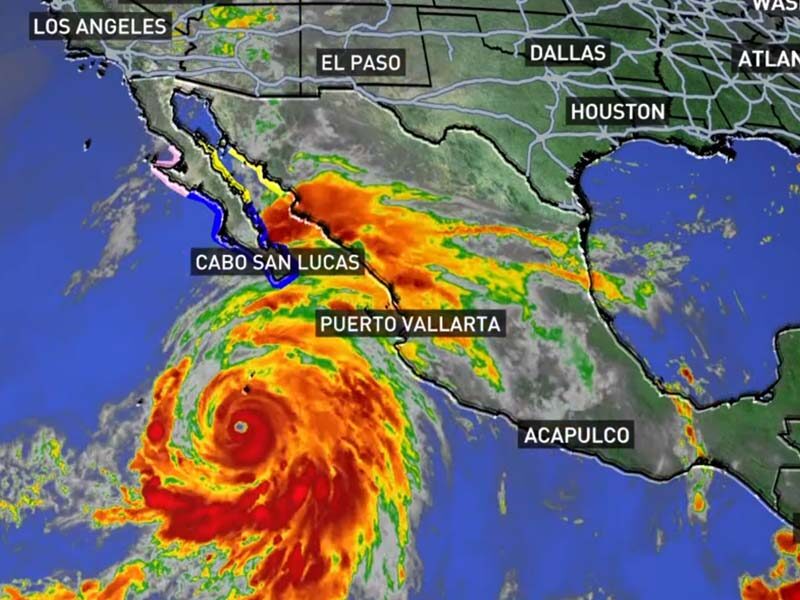Weather plays an important role in our daily lives, affecting our activities, moods, and even our plans. One commonly used term in meteorology is “overcast,” which describes a certain type of weather condition. In this article, we will look at the meaning of overcast weather, examine its causes, and discuss its effects on the environment and human activities.
What Does Overcast Weather Mean?
Overcast weather is a state of the sky in which it appears cloudy and opaque, and an even blanket of clouds blocks much of the sunlight. In meteorological terms, an overcast sky is defined as one in which cloud cover exceeds 90%.
This condition results in limited or scattered sunlight, which creates a relatively dark and gloomy atmosphere. Overcast skies are often associated with a lack of direct sunlight, making the day seem dull and gloomy.
Determining Average Sky Conditions
To better understand the range of sky conditions and the cloudiness associated with them, here is a table that shows the different levels of cloudiness:
| Sky Conditions | Cloud Cover Percentage |
|---|---|
| Clear sky | 0-10% |
| Mostly clear | 10-30% |
| Partly cloudy | 30-70% |
| Mostly cloudy | 70-90% |
| Overcast | >90% |
Causes of Cloudy Weather

Various atmospheric conditions can cause overcast skies. The most common cause is the presence of large-scale weather systems, such as low-pressure systems, cold fronts, or warm fronts.
As these systems move in, they often bring with them a mass of moist air. As this moist air rises, it cools and condenses, forming a thick layer of clouds. The cloud cover then spreads across the sky, resulting in overcast weather.
Another factor that contributes to overcast weather is the presence of persistent air masses. When warm, moist air moves over cooler air or bodies of water, it can become trapped under a layer of stable air.
The trapped air creates a temperature inversion, preventing the moist air from rising and dispersing. Instead, it condenses into a layer of low-lying clouds, resulting in overcast skies.
The Effects of Overcast Weather

Overcast weather affects both the environment and the individual. Let’s look at some of the significant effects:
- Temperature regulation: Overcast weather contributes to lower temperatures by limiting the amount of direct sunlight that reaches the surface. During the hot summer months, this can provide relief from scorching temperatures. Conversely, in colder climates, overcast weather can act as a blanket, trapping heat at the surface and preventing rapid heat loss;
- Reduced visibility: Overcast skies reduce visibility, especially during periods of heavy cloud cover. This can affect a variety of activities such as aviation, driving, and outdoor sports. Fog, a type of overcast weather where clouds form at ground level, can significantly reduce visibility and pose a hazard;
- Impact on solar power: Overcast weather can have an impact on solar power production. Solar panels rely on direct sunlight to produce electricity. With limited sunlight hitting the surface, solar energy production can decrease during cloudy periods. However, advances in technology have made it possible for solar panels to produce energy even in diffused light, albeit with less efficiency;
- Effects on Mood and Well-Being: Overcast weather can affect a person’s emotions and overall well-being. Many people associate overcast skies with a gloomy or melancholy mood.
Reduced sunlight can also affect the production of vitamin D, which plays an important role in mood regulation. Seasonal Affective Disorder (SAD) is a type of depression that often occurs during the winter months when overcast weather is more common.
Conclusion
Understanding the meaning and consequences of overcast weather is essential to understanding how atmospheric conditions affect our daily lives. Overcast weather, characterized by a dense cover of clouds, can occur due to a variety of meteorological factors. From regulating temperature to influencing human emotions, overcast weather plays an important role in our environment and activities.
Although it may seem gloomy at times, it is important to remember that weather patterns are constantly changing. Appreciating the beauty and variety of different weather patterns will help us enjoy each day, whether it’s a clear sky, a partly cloudy picture, or an overcast canopy of clouds.


